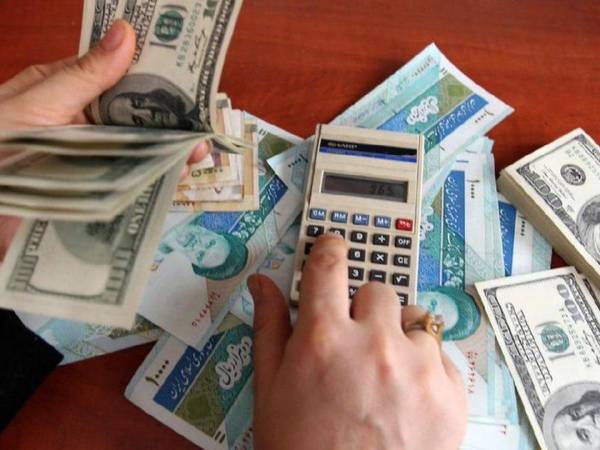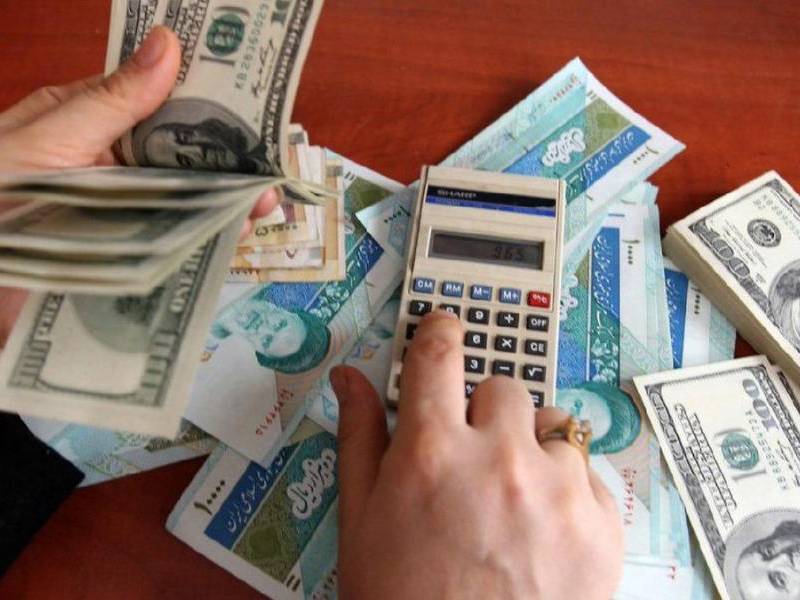Iran’s currency has risen by 8 percent since June 5, when reports multiplied about possible secret talks with the US and the news about Iranian funds being freed in Iraq.
The rial on Sunday alone rose nearly 4 percent against the US dollar and other currencies after media reported that the Biden administration gave a waiver to Iraq to release about $2.7 billion of frozen Iranian funds.
The rial was trading at 555.000 against the US dollar on May 1, but on June 11 it rose to 470,000, a 17-percent gain.
Western and Israeli media, as well as Iran International have quoted well-informed sources as saying that direct and indirect talks have been taking place between Washington and Tehran, possibly for a limited nuclear deal or an exchange of Iran’s frozen funds with American dual nationals held hostage by the regime.
South Korean banks hold $7 billion that Seoul owes Tehran for oil imports prior to full US sanctions imposed in May 2019. South Korea was allowed to import a limited quantity of oil from May 2018 to May 2019 despite initial sanctions imposed by the Trump administration.
These funds have been cited as a possible ransom for freeing three US citizens imprisoned in Iran on manufactured charges.
Iraq also owes Iran at least $7 billion, but the $2.7 said to have been waivered by the US will not reach Iran as cash. Tehran can use the money to import food and pay for the expenses of pilgrims going to Iraq.

